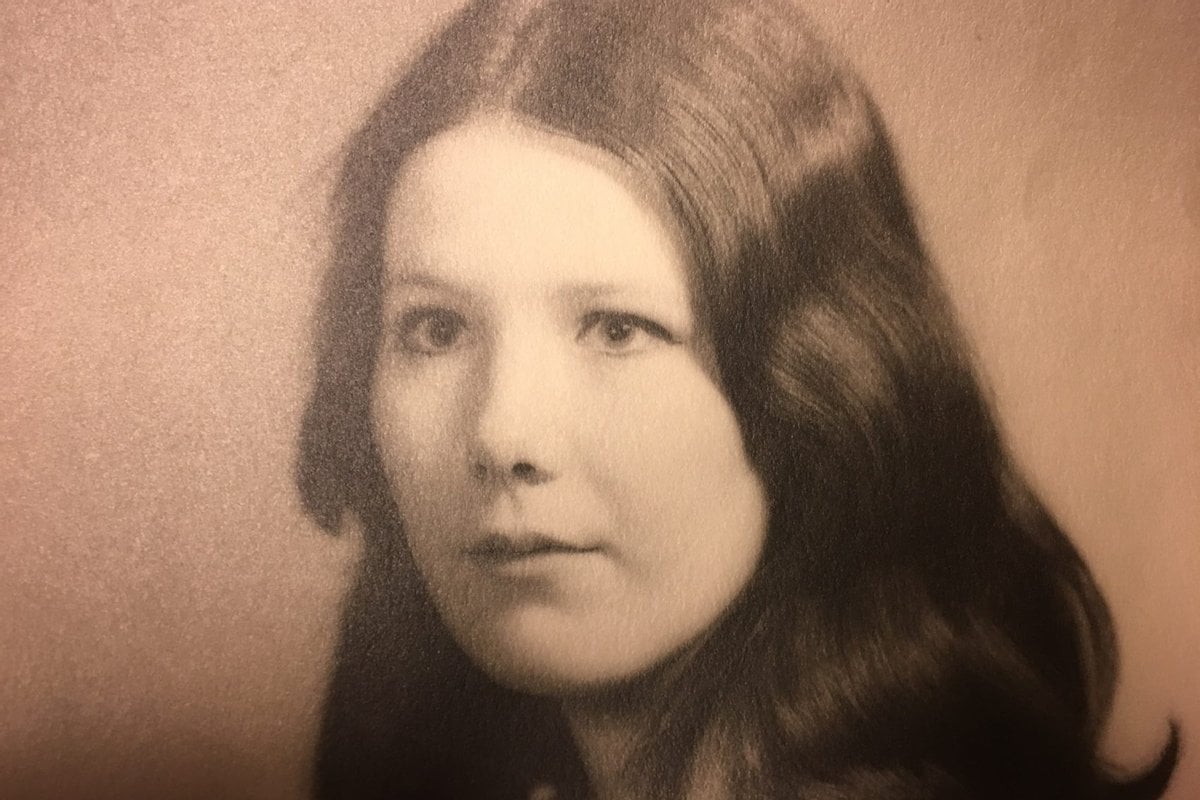
For over half a century, Harvard students have been telling each other the same story.
The haunting tale has been passed down from generation to generation, from sophomore to freshman. It's the kind of story that's whispered to an enthralled audience after a long night of drinking, a cautionary tale, an urban legend, a tragic incident the sparks both fear and intrigue in the minds of everyone who hears it.
Most students who attend the affluent, Ivy League university have heard some variation of it: In the late 1960s, a young, female graduate anthropology student was found bludgeoned to death in her dorm room. While the story always differed slightly depending on who was telling it, the rumour was that shortly before her death; the student had an affair with her professor while they worked together on a dig in Iran.
WATCH: The 5 most haunting true crime documentaries. Post continues below.
When they arrived back at Harvard, she wanted the affair to continue, and he didn't. During a heated exchange, he picked up an archaeological stone tool and hit her with it. Some said this happened in the Peabody Museum, others said the professor's office, while others said it happened in her own dorm room. There were also rumours of some sort of ritual performed on the body - three necklaces from the Iran dig placed around her neck, cigarette burns scorched into the flesh of her stomach depicting an ancient symbol, a handful of red ochre powder sprinkled over her lifeless body.

